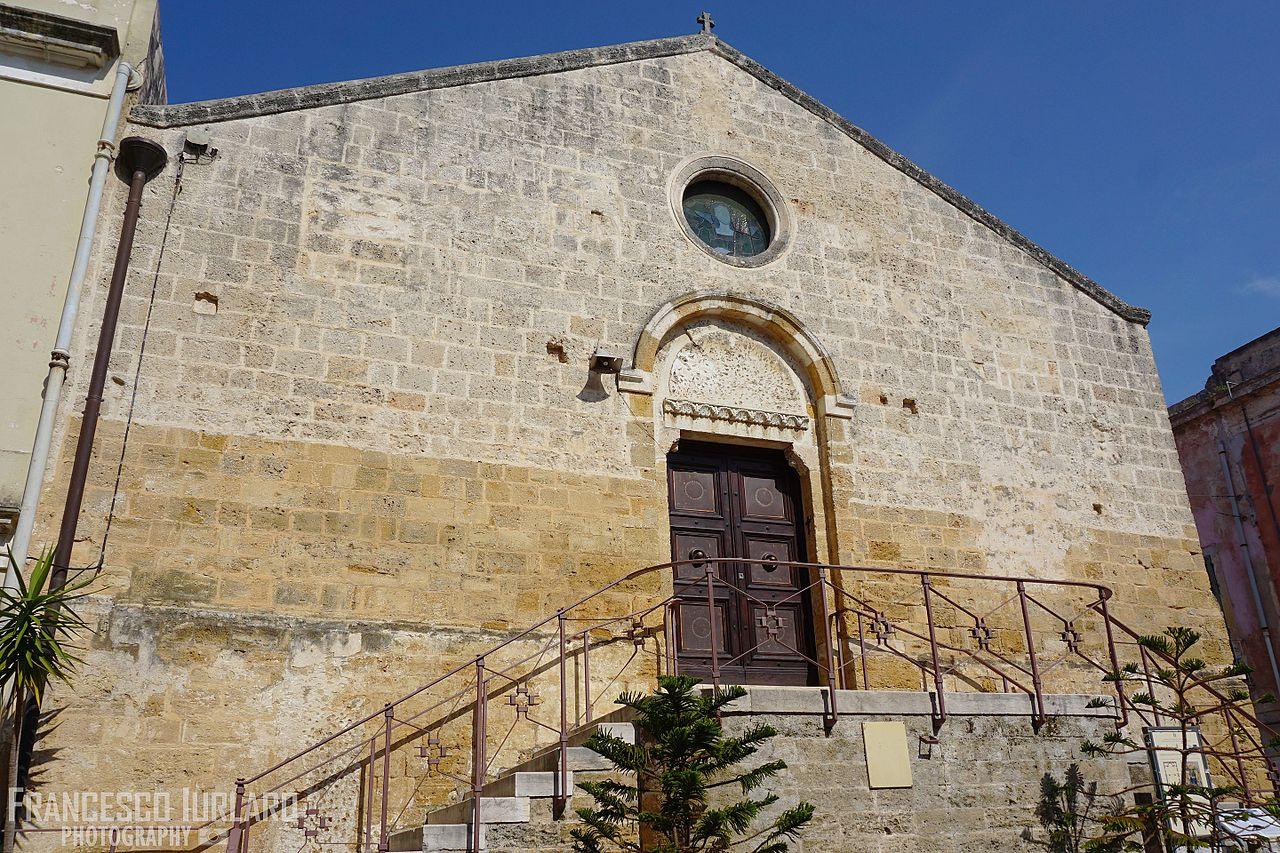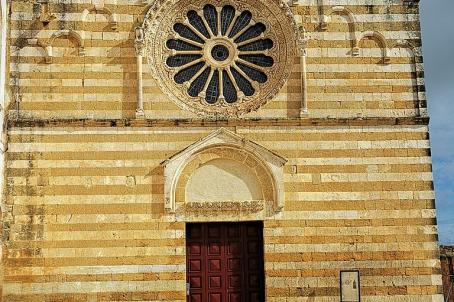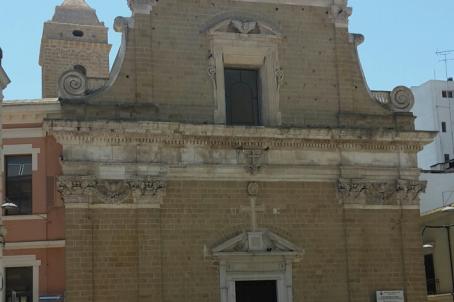Chiesa della Santissima Trinità

The Church of the Holy Trinity, or St Lucy, was built from the 13th century onwards where a women's monastery had been established. The church has a gabled façade on the outside; inside, it was once entirely frescoed and still has interesting remains of wall paintings from the 13th and 14th centuries. The crypt, which dates from the early 13th century, is divided into three naves on four columns with beautiful Corinthian capitals.





